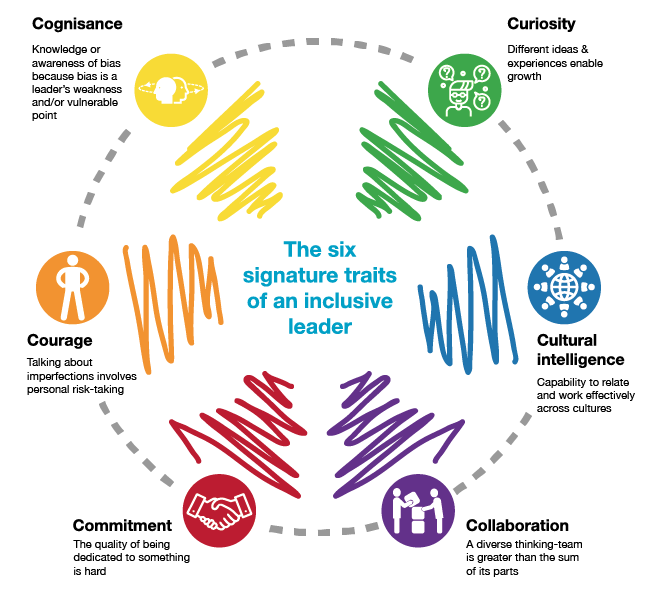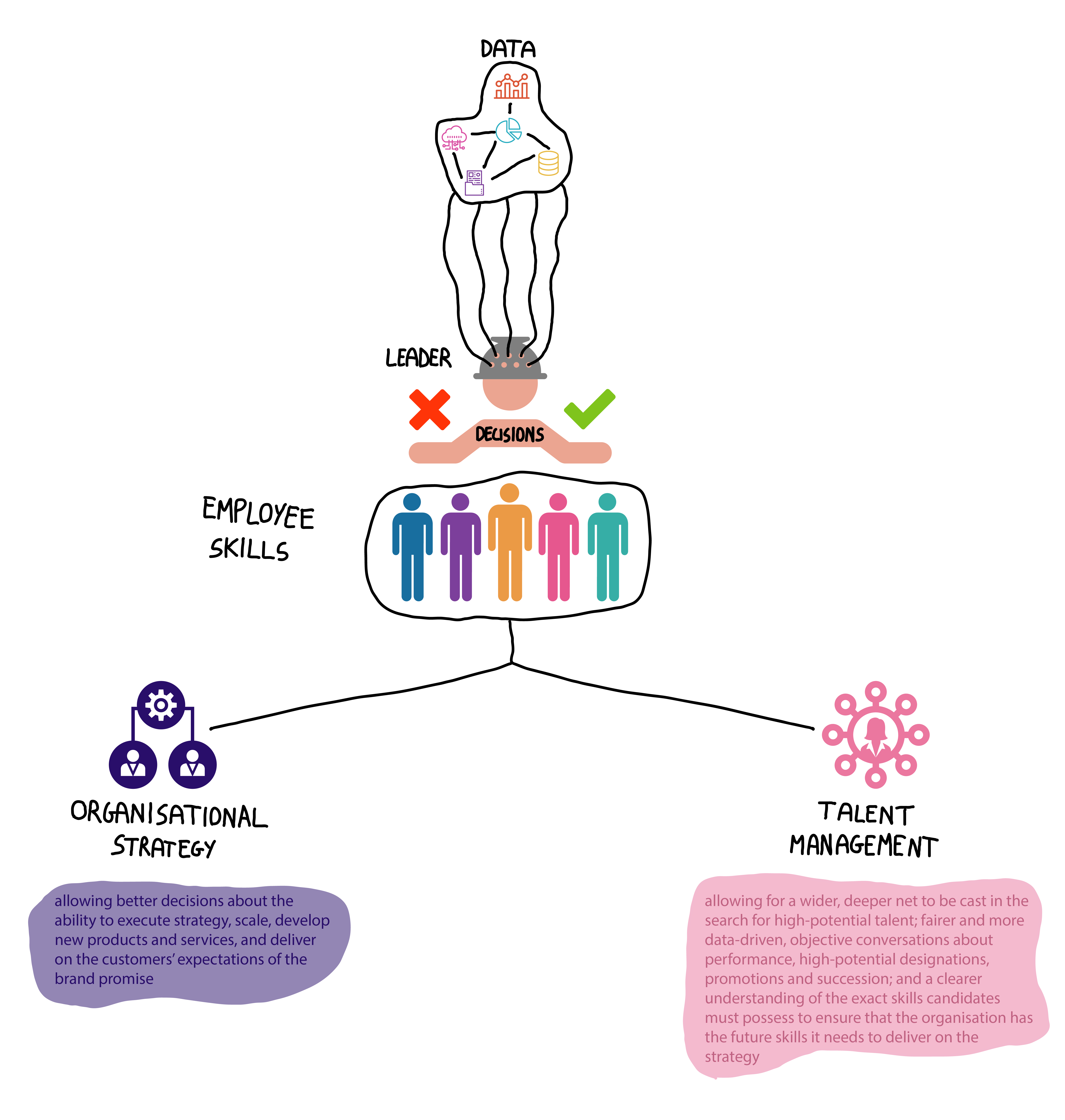LEADERSHIP, TEAMS & PROCESS

Reflecting on the diagram below covered in the lecture I believe that in order to define the leadership role of the Design Manager in enterprise we will need to consider cognisance as a crucial aspect of our leadership style because I have been thinking about it during my practice as a designer and I have been reflecting many times on whether decisions I made were being unconsciously biased or not.
The six signature traits of an inclusive leader

The six signature traits of an inclusive leader
Bias and diversity were frequently mentioned during the lecture and I found are important to the subject of leadership. Yes, being a leader means you have to be curious, committed and brave, however, such characteristics are mainly looking at the positive aspect of it. One of the most important marks to avoid or be aware of is unconscious bias, described by Brainard as “the enemy of innovation, driving us toward the easiest and quickest solutions at the expense of more creative, bright ideas” (Brainard, 2017). So how could we take cognisance out of our leadership approach in future enterprises?
In a digital environment, 5 crucial leadership skills have emerged, according to the Global Leadership Forecast 2018. These are detailed in the visual below as follow:

5 crucial leadership skills
(Williams, no date)
Because of all this information at our hands, we will not make decisions based on instinct but by informing ourselves from data we can access (Sinar, no date).
“As organisations use more systematic processes to identify which skills are linked to better business results and deploy better assessments of people’s capabilities—collectively called “people analytics”—it strips unconscious bias out of hiring and promotion decisions.” (Global Leadership Forecast, 2018)

Leaders data driven decisions, 2020
In conclusion, my approach to design leadership will definitively take into consideration new ways of making decisions using digital aid, as I encountered being biased during my design approaches, I understand that my leadership style will need the help of a systematic process to avoid cognisance and make thorough decisions. I normally tend to be pretty neutral in decision making, however, as I experienced in the collaborative unit, I will consider finding genuine data to give a more concise point of view and ultimately, for my future collaborations I would try to create a systematic way of making decisions so that every though a person is fairly neutral or biased by someone else’s decision, their views will be considered. In addition, I think that perhaps practicing listening carefully and understanding stubbornness will also be something I should work on for my future career development.
REFERENCES
Brainard, M. (2017) Council Post: The Impact Of Unconscious Bias On Leadership Decision Making. Available at: https://www.forbes.com/sites/forbescoachescouncil/2017/09/13/the-impact-of-unconscious-bias-on-leadership-decision-making/#6539ad7e5b3f (Accessed: 29 February 2020).
Global Leadership Forecast (2018) Global Leadership Forecast 2018 | DDI. Available at: https://www.ddiworld.com/glf2018/ (Accessed: 29 February 2020).
Turner, R. (2013) Read: Design Leadership. Available at: https://www.dawsonera.com/readonline/9781409463245 (Accessed: 29 February 2020).
Williams, T. (no date) Leadership Megatrends: Reshaping workforces with digitalisation and data. Available at: https://execed.economist.com/blog/industry-trends/leadership-megatrends-reshaping-workforces-digitalisation-and-data (Accessed: 29 February 2020).
